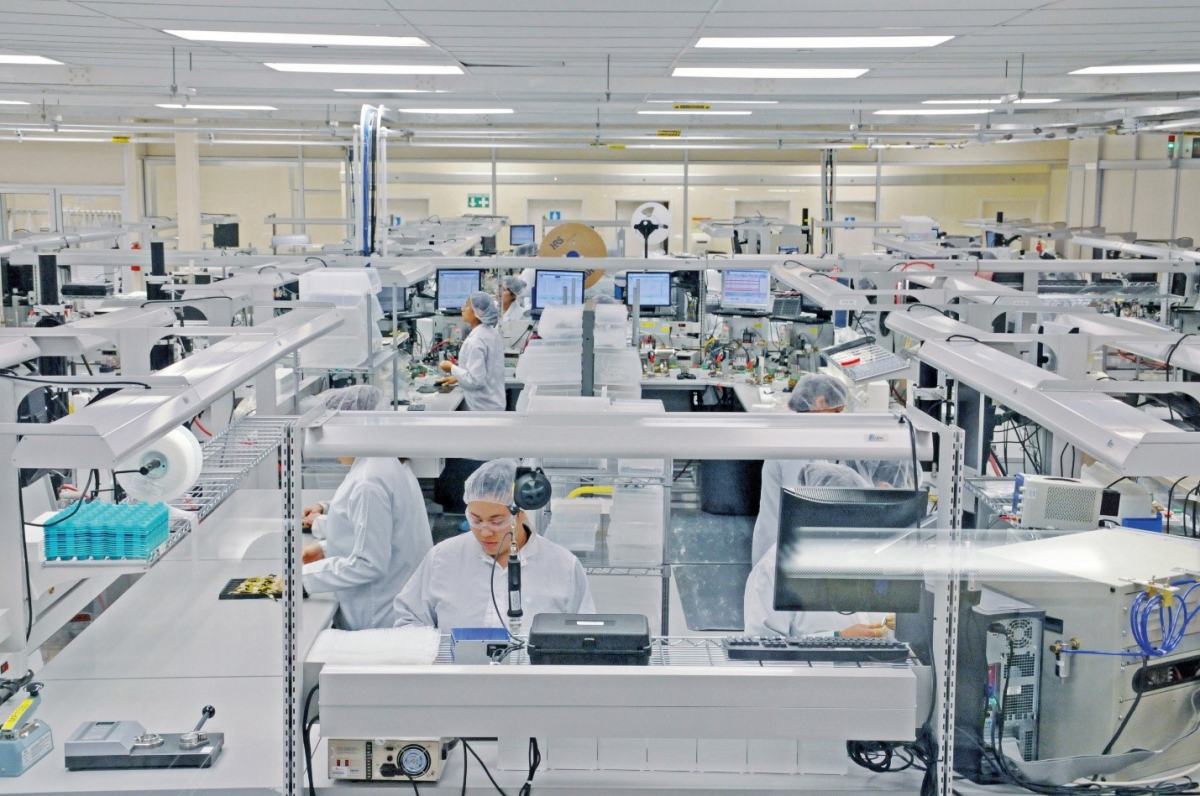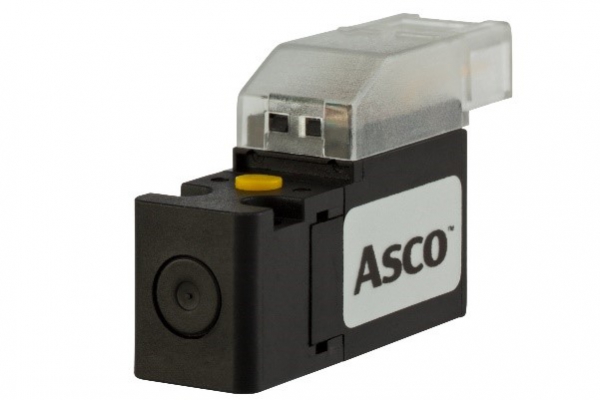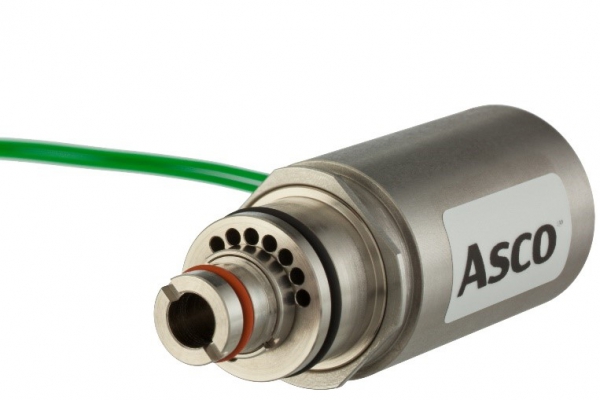Emerson ASCO: Meeting critical ventilator product requirements amid pandemic



Sven Richter, Vice President Analytical & Medical, Fluid Control & Pneumatics, Emerson
With the onset of the COVID-19 pandemic, virtually every government and healthcare entity realized — very nearly at the same time — that there would be enormous need to acquire and distribute mechanical ventilation equipment to support tens of thousands of patients whose lives would be endangered by severe COVID-19 symptoms. This realization led to an unprecedented increase in demand for ventilators worldwide as well as extraordinary efforts by global customers— and new-to-the-market players— that depleted available inventories quickly, resulting in new, large orders and pressure for urgent deliveries. The demand increase caused by COVID-19 is unique because it occurred around the globe simultaneously. The impact of this unprecedented demand continues to be felt throughout the medical industry and its supply chain.
Of course, medical production differs from many other types of manufacturing because it demands superior production quality and competitiveness, and is also subject to close regulatory scrutiny, high regulatory compliance, and various product approvals to assure the efficacy and safety of products that interact with the human body.
The pandemic forced ventilation-product suppliers to dramatically ramp up specialized production operations. Worldwide, there are relatively few companies with such specialized operations, and they faced challenging questions: How can our organization ramp up ventilator-related production while maintaining regulatory compliance? Do we have additional capacity regionally or globally that can be readily used or repurposed to meet demand? Do we have adequate staffing, or will we need more? How will we, and our suppliers, protect our personnel from COVID-19 infection so that we can prevent facility shutdowns or supply interruptions?
Though all medical suppliers faced similar supply chain concerns, not all were similar in their ability to manage them. Some could do no more than continue their operations at pre-pandemic levels. Others decided to reach out, expanding their manufacturing capacity and skilled labor force through short-term partnerships with other companies, such as those in the auto industry.
Due to its market experience, size and global reach, Emerson and its supply chain were better positioned to respond to the surge in ventilator demand. Emerson possessed essential product and application knowledge, since its ASCOTM product line has been used in ventilator production for more than 20 years. It also engaged early with its global supplier base, encouraging and supporting their efforts to stay open or to reopen for production operations.
After ensuring that the supply of critical materials and components could be delivered through suppliers or produced through its own manufacturing base, Emerson also made multiple, major investments of personnel and resources into expanding production. Key steps included:
- “Localizing” the manufacturing of key ventilator-related ASCO valves and components at Emerson’s sites equipped with cleanroom manufacturing areas. Emerson’s Fluid Control & Pneumatics business has three major sites globally — in Europe (Ölbronn-Dürrn, Germany), Asia (Songjiang, China) and the Americas (Mexicali, Mexico) — where any valves needed in that area, or the rest of the world, can be manufactured to medical requirements under cleanroom conditions.
- Investing in new production and product testing equipment at these and other manufacturing locations as needed to support increased production capacity.
- Hiring and training additional workers as needed to sustain three-shift production of key products worldwide.
Of course, the valves and components needed depend on the type of ventilator being built. The most complex and full-featured ventilators are those used in intensive-care hospital settings. These are intended for long-term usage and provide a variety of features and adjustments that help preserve lung function. Then there are emergency ventilators, typically portable, that are intended to provide relatively short-term respiratory support. Another key differentiator in ventilator design is whether they are invasive — requiring intubation or tracheotomy for respiratory support — versus non-invasive, which rely on a snug-fitting mask or special high-flow nasal cannula.
Whatever the ventilator application, key features of valves used in ventilators typically include:
- Small size (10 mm width for ASCO Series 188), low power consumption and low weight, which are especially important for portable, battery-powered emergency ventilators.
- High and variable flows, enabling ventilators to support everyone from a baby to a large adult.
- Clean and high-quality materials, since any contaminants or foreign matter pose hazards to patients.
- High cycle life, operating reliability, and precision.
- Ability to customize and configure rapidly so that valves, or multivalve assemblies and manifolds, can readily adapt to operating in a variety of different ventilator designs.
Among products most critically needed by ventilator makers are proportional and general-service valves. Proportional valves include ASCO’s Preciflow-IPC, which ventilators use to vary the mix of oxygen and air delivered to the patient, and the Preciflow 12.7 mm valve, which provides mixing capabilities as well as more advanced features like variable positive end expiratory pressure (PEEP). PEEP is a key feature of intensive-care ventilators that provides a variable level of pressure upon exhalation to assist patients who have weakened alveoli in the lungs. General-service valves in highest demand include those for gas-handling and -delivery functions, such as the ASCO Series 188, Series RB, and Series 065.
Because of the range of different ventilator designs and manufacturers, about 80% of all the ventilator-related valves produced must be customized to meet original equipment manufacturer (OEM) ventilator requirements. A sampling of valve customization requirements met by Emerson includes:
- Special flow “tuning” of proportional flow control valves to meet the air/oxygen mixing precision requirements of ventilators.
- Variations in the voltage, power and power-consumption requirements of miniature solenoid valves, including the development of power-saving circuits and design of special coils to reduce the power draw required for valve actuation.
- Cleanroom assembly to dramatically reduce the presence of any contaminants on valve or product surfaces that could be introduced into the body of a patient.
- Combining multiple products (valves, components, sensors) into “solutions” built in the form of compact, leak-free subassemblies and manifolds.
While a number of companies, including Emerson, were able to leverage supply-chain and manufacturing capabilities to meet the needs of OEM ventilator manufacturers, every medical product supplier recognizes that building lasting OEM supply relationships requires much, much more. To be successful, suppliers must be willing to coordinate closely with the customer at every phase – from the idea for a product through successful manufacturing and delivery. Such coordination begins with the ability to respond rapidly to customer inquiries with well-engineered products or prototypes. It continues with the willingness to engage in an iterative design process, with rapid cycles of testing, analysis, and prototype refinement. And only then, after a fast-paced but thorough assessment has put the “right” product design on the table, can strong supply chains and responsive manufacturing capabilities deliver the final result.
www.emerson.com/en-us/industries/automation/medical/microfluidic-valves-for-ventilators
Email: enquiries.asco.uk@emerson.com
Website: www.emerson.com
Published: 23rd February 2021
Rachel Wormald, Managing Director at YPS Valves Ltd and Elizabeth Waterman, ...
Are you looking for industry-leading, brand independent valve and actuator ...
As can be seen from the photograph, clearly the resident birds at Bartlett ...
Howco Group has unveiled its latest £1million investment, with the ...
In 2024, Allvalves is poised for an exciting year of growth and expansion, ...
GMM Pfaudler Engineered Plastics & Gaskets are delighted to bring the ...
In the ever-evolving valve industry, GMM Pfaudler stands out for its ...
SAMSON Controls Ltd – part of the SAMSON group - a renowned leader in ...










